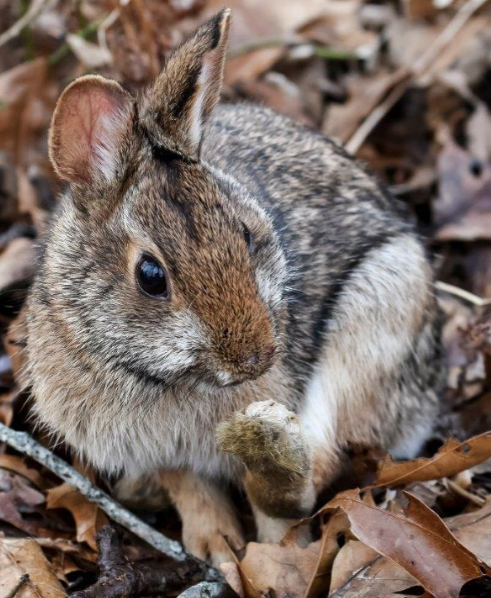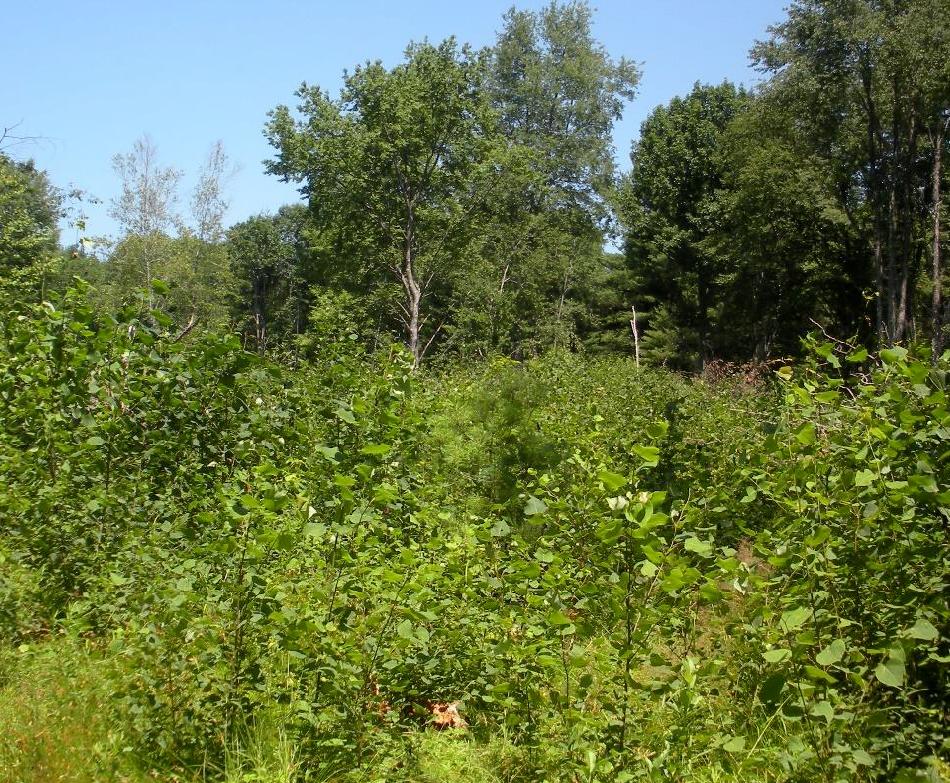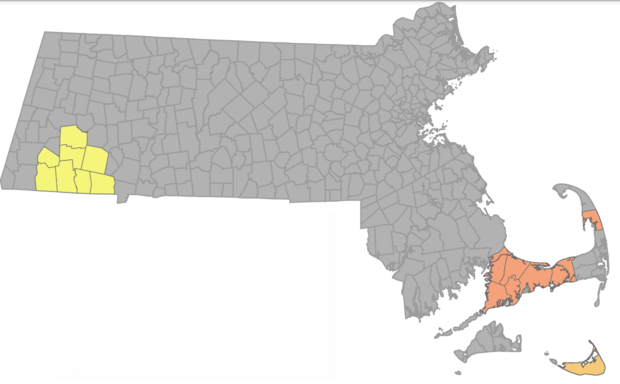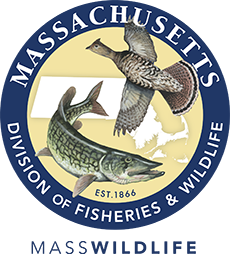- Division of Fisheries and Wildlife
Media Contact
Media Contact, MassWildlife
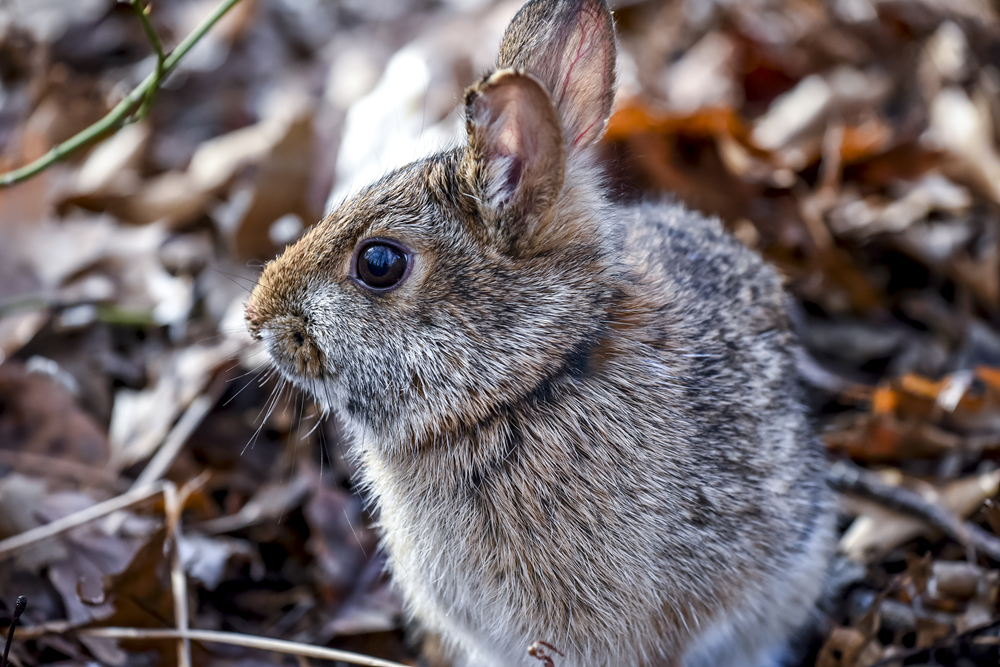
The New England cottontail, the only native rabbit in the region, thrives in dense young forests and shrublands. However, this habitat is disappearing across Massachusetts, Maine, New Hampshire, Rhode Island, Connecticut, and eastern New York, putting the species at risk. Young forests habitats are areas of dense clusters of tree saplings and sprouts that provide abundant food and shelter for a wide range of wildlife including New England cottontail.
MassWildlife, along with state and federal agencies, conservation groups, land trusts, universities, and private landowners, is working to preserve and create these vital habitats to bolster New England cottontail populations.
Through the New England Cottontail Technical Committee, partners conduct research, manage land, and raise awareness about the rabbit's challenges. The Technical Committee has set ambitious habitat goals for 2030, but achieving them depends on continued collaboration with private landowners to manage their properties to maintain young forest habitats. Within the cottontail’s range, over 75% of land is in private, land trust, conservation organization, municipal, or tribal ownership.
The young forest habitat on which the rabbits depend rapidly grows back into more mature trees that shade out the shrubs. After approximately 20 years, these growing forests no longer provide the essential cover from predators or buds and twigs for food. While it is no longer suitable for rabbits, these maturing trees become valuable habitat for other species. Therefore, young forest habitat must continually be created in different locations so rabbits and other wildlife that use it have a new place to call home.
Making progress in the Southern Berkshires
Across New England cottontail range, state biologists and other natural resource professionals work to benefit these rabbits by planning projects and connecting private landowners with financial resources and technical support. Since 2011, over 17,000 acres of habitat have been managed to benefit New England cottontails across the region on both private and public land.
In Massachusetts, 30 landowners have conducted habitat projects on 700 acres, primarily in the Southern Berkshires. This area is home to one of Massachusetts’ few known populations of New England cottontail, with other populations on Cape Cod and Nantucket where thick areas of dense young trees and shrubs are more common. By creating patches of young forest, landowners in Granville, Tolland, Sandisfield, New Marlborough, Monterey, Otis, and Becket have made a significant contribution to the conservation effort!
New England cottontails, along with other native wildlife, are making homes in these managed habitats that are now about 10 years old. Young forest habitats provide optimal cottontail cover from about 10 and 15 years after creation, meaning new patches must be established nearby for the cottontails to survive, as they don’t travel far.
MassWildlife biologists monitor New England cottontails and engage with landowners in prime cottontail country. By linking landowners with financial and technical support, MassWildlife can help landowners plan habitat management activities that bolster cottontail and other native wildlife that thrive in young forest areas.
Landowners living in New England cottontail range can contact Marianne Piché (marianne.piche@mass.gov) to learn about options for habitat creation on their property.
Did you know? A wide variety of wildlife rely on the dense cover and abundant food provided by young forest habitats—American woodcock, ruffed grouse, white-throated sparrow, wood turtles, bobcats, and a variety of pollinating insects, to name just a few!
Click here to learn more about New England cottontail conservation and the importance of young forests.
